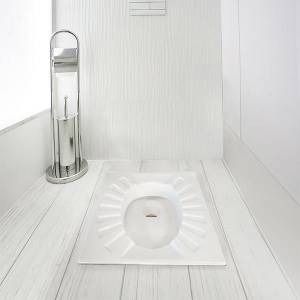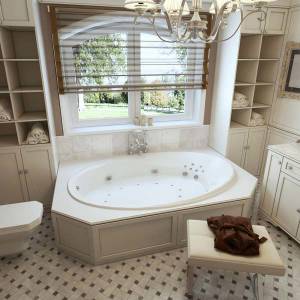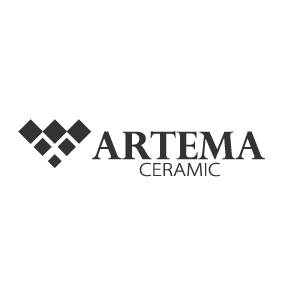Do you seek the ultimate in a tiled floor or wall? Where the grout gaps are so narrow it appears there is only one large uninterrupted seamless surface, absolutely level and flat?
Then you must treat yourself to rectified tiles!
What is a 'rectified' tile?
Rectified tiles are ceramic or porcelain tiles that have been precisely ground and machined to give them near-perfect straight edges and exact dimensions. These tiles provide a very clean, symmetrical look, and allow for extremely fine grout lines of 3mm or less.
These tiles are also known as 'dimensionally stable tiles' (which is a bigger mouthful and no more descriptive) - and are often referred to as 'sharp edge' tiles because they're quite sharp at the edge.
For reasons, it's unusual to find rectified tiles smaller than about 300mm x 300mm.
How are rectified tiles made?
They're called 'rectified' tiles because that's what the process actually does - it rectifies their sizes. Baking or firing a ceramic tile never gives an exact, predictable result. Even if the tiles go into the kiln looking exactly the same, the change in moisture through the firing process isn't something that can be precisely controlled, and tiles will slightly shrink and warp. When they come out of the kiln, ceramic and porcelain tiles will always vary slightly in terms of their shapes and sizes, which, when installed together on the same floor will lead to problems with the width of the grout joints. There can also be warpage of individual tiles themselves.
Rectified tiles are normally a bit bigger than they need to be when they're put in the kiln, to allow for them to be cut back to precisely the right size once they've been fired. The 'rectification' process involves either grinding or cutting the tiles with a diamond saw.
What's the appeal of rectified tiles?
Because they're very even and uniform, when you're using rectified tiles only the thinnest of grout lines is necessary (3mm or less). The appeal of a sleek, thin grout line's the main reason people choose these tiles. A 1.5mm grout line in particular can give an almost seamless look with the right coloured grout and tiles, and it's a fantastic effect when it's well done.
Because they're so carefully produced, rectified tiles can be used to create a very clean, even and symmetrical look..














































